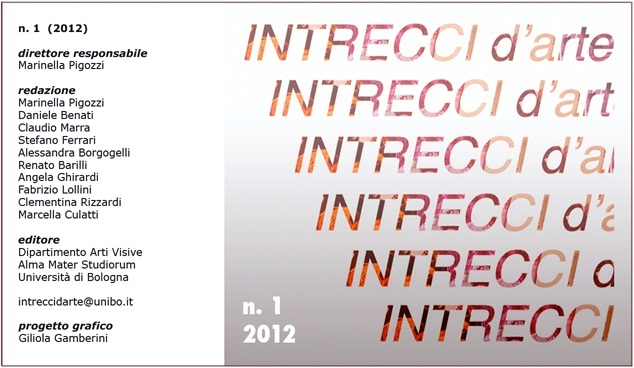Around Antonio Rimpatta: a rebus of the beginning of 16th century
DOI:
https://doi.org/10.6092/issn.2240-7251/2651Keywords:
Antonio Rimpatta, Bologna, XVIth century, Master of the Setmani, Sacra conversazione, Frate AntonioAbstract
Throughout the last 60 years, the career of Antonio Rimpatta, Bolognese painter of the beginning of 16th century, has been reconstructed according to various hypotheses. In some cases the corpus of paintings assembled by Zeri has been augmented with those already attributed to the anonymous Master of the Setmani Sacra Conversazione, and on other occasions with those by frate Antonio da Bologna, a painter mentioned by Vasari. The most recent tendency is to bring the three groups together under the name of Rimpatta, but this approach appears to ignore some significant problems.
This contribution reconsiders some of the principal works from the supposed catalogue of Rimpatta, highlighting inconsistencies - especially in terms of figurative culture - that are all too evident. The concurrence between Rimpatta and frate Antonio da Bologna is confirmed: it is characterized by a manner that is essentially Peruginesque and central Italian, with also some references to Boltraffio (as demonstrated by the St. Sebastian in the Walters Art Gallery of Baltimore). On the other hand, the author of the Setmani group should be kept separate. This painter proves himself to be far more significant, capable of creating masterpieces that are well-informed about the more modern painting that has its origins between Milan and Venice, and that straddles the 15th and 16th centuries.
The evident link between Rimpatta and the Setmani Master could therefore be explained not by their being one and the same, but by a collaboration between the two painters. Such a meeting could conceivably have come about in Bologna around &
Downloads
Published
How to Cite
Issue
Section
License
Copyright (c) 2012 Valerio Mosso
The copyrights of all the texts on this journal belong to the respective authors without restrictions.
This journal is licensed under a Creative Commons Attribution 4.0 International License (full legal code).
See also our Open Access Policy.
Images and photographs may have different terms of license.
In making material available online the Journal acts in good faith. Parties who have questions or who wish to contest the use of specific works may contact the Editor in chief.
Metadata
All the metadata of the published material is released in the public domain and may be used by anyone free of charge. This includes references.
Metadata — including references — may be re-used in any medium without prior permission for both not-for-profit and for-profit purposes. We kindly ask users to provide a link to the original metadata record.






